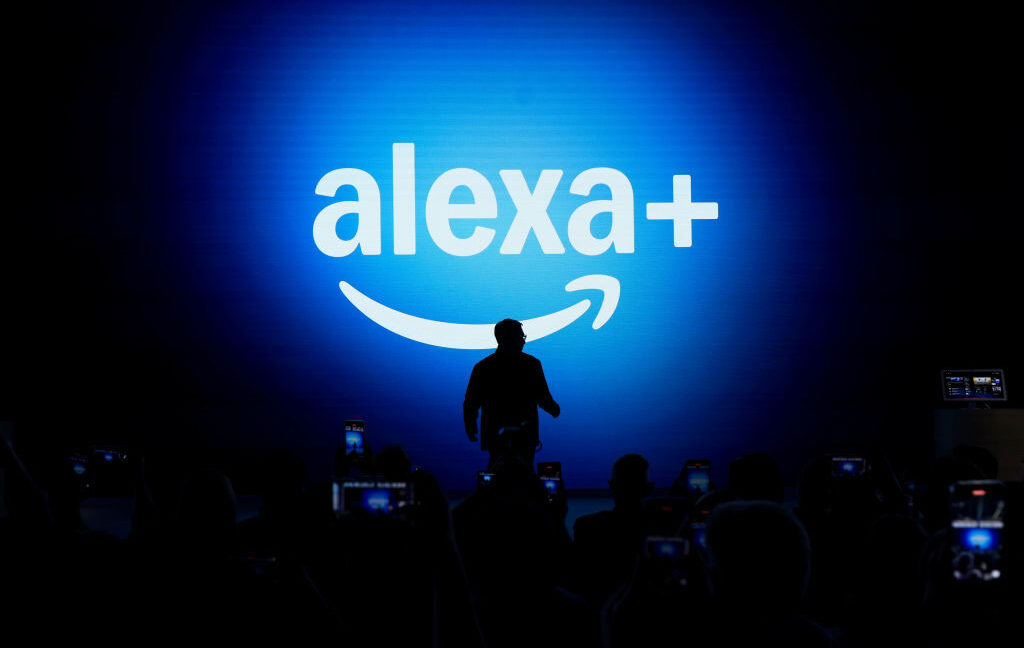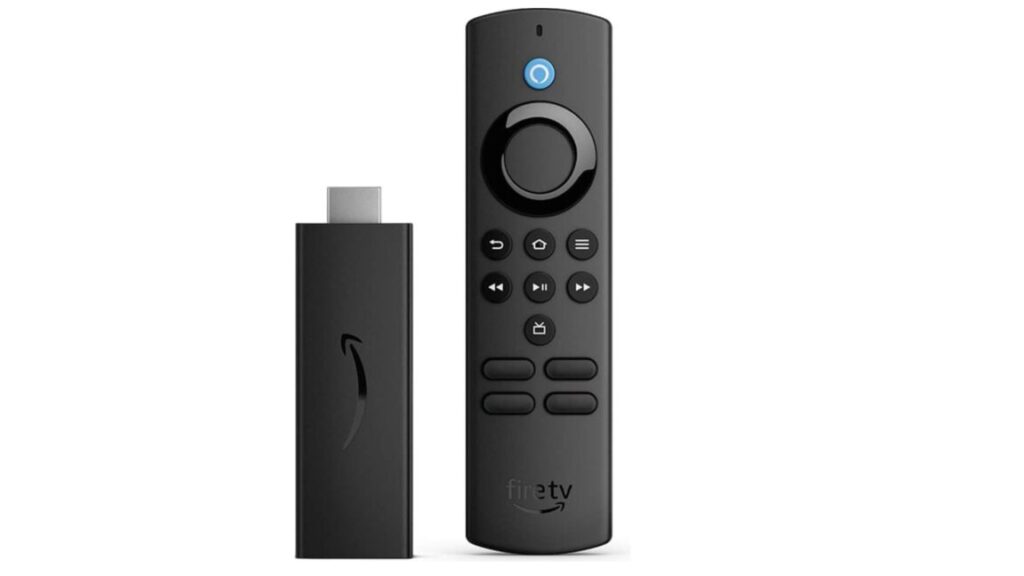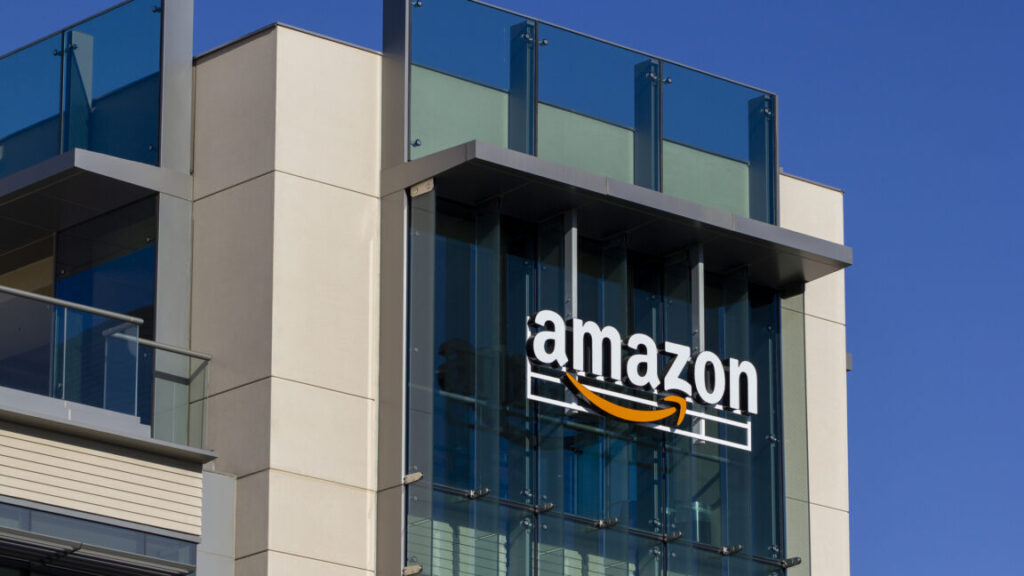Report: Apple’s smart home ambitions include “tabletop robot,” cameras, and more
Rumors about a touchscreen-equipped smart home device from Apple have been circulating for years, periodically bolstered by leaked references in Apple’s software updates. But a report from Bloomberg’s Mark Gurman indicates that Apple’s ambitions might extend beyond HomePods with screens attached.
Gurman claims that Apple is working on a “tabletop robot” that “resembles an iPad mounted on a movable limb that can swivel and reposition itself to follow users in a room.” The device will also turn toward people who are addressing it or toward people whose attention it’s trying to get. Prototypes have used a 7-inch display similar in size to an iPad mini, with a built-in camera for FaceTime calls.
Apple is reportedly targeting a 2027 launch for some version of this robot, although, as with any unannounced Apple product, it could come out earlier, later, or not at all. Gurman reported in January that a different smart home device—essentially a HomePod with a screen, without the moving robot parts—was being planned for 2025, but has said more recently that Apple has bumped it to 2026. The robot could be a follow-up to or a fancier, more expensive version of that device, and it sounds like both will run the same software.
Report: Apple’s smart home ambitions include “tabletop robot,” cameras, and more Read More »













